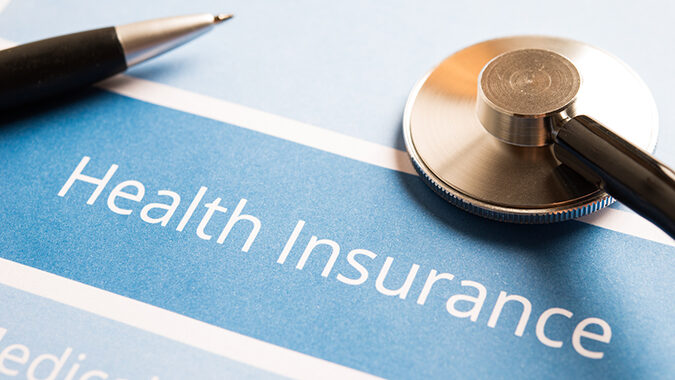The percentage of people without health insurance declined in 49 of 50 states, including New Jersey in 2022, according to the latest American Community Survey (ACS) 1-year estimates from the U.S. Census Bureau.
In 2022, uninsured rates across states ranged from a low of 2.4% in Massachusetts to a high of 16.6% in Texas, compared to the national rate of 8%,. In New Jersey, the percentage of people without health insurance declined from 7.2% in 2021 to 6.8% in 2022. Maine was the only state where the uninsured rate increased, rising from 5.7% in 2021 to 6.6% in 2022.
For reporting purposes, the ACS report broadly classifies health insurance coverage as either private health insurance or public health insurance.
Private health insurance is coverage provided through an employer or a union, coverage purchased directly by an individual from an insurance company or through an exchange (such as healthcare. gov), or coverage through TRICARE for current or retired military members.
In New Jersey, the percentage of people with private health insurance remained unchanged in 2022 at 72.1%, the report said. Nationwide, private health insurance coverage ranged from a low of 54.4% in New Mexico to a high of 78.4% Utah and North Dakota.
The report, released on Sept. 14, found that states with higher private insurance coverage rates also had the highest employer-sponsored coverage rate. A greater rate of employer-sponsored coverage may be related to a low unemployment rate in a state, the report said, noting that the states with the highest private insurance coverage all had unemployment rates below the national average.
Public health insurance is defined in the report as coverage provided through a variety of federal programs, including Medicare (for those 65 and older) and Medicaid (for low-income individuals) the Children’s Health Insurance Program (CHIPs) for low-income children ineligible for Medicaid, care provided by the Department of Military Affairs and state-level programs.
In New Jersey, 33.6% of individuals were covered by public health insurance in 2022, compared to 33.2% in 2021. Nationwide, the percentage of people covered by public health insurance was 37.2% in 2022, compared to 36.8% in 2021.
States that expanded Medicaid under the Affordable Care Act, as New Jersey did in 2014, tended to have a greater percentage of residents covered by public health insurance, compared to states that did not. Medicaid coverage was 22.7% in the group of states that expanded Medicaid eligibility and 18% in the group of non-expansion states.
Other highlights from the report:
- Median household income in the United States was $74,755 in 2022, a decline of 0.8% after adjusting for inflation. New Jersey had one of the highest median household incomes of all states at $96,346.
- The poverty rate declined in New Jersey and eight states (Delaware, Florida, Georgia, Louisiana, Maryland, Nevada, North Carolina, and South Carolina) and the District of Columbia from 2021 to 2022.
- The poverty rate for children (below age 18) decreased in New Jersey and 10 other states (Arizona, Delaware, Georgia, Louisiana, Maine, Maryland, Nevada, New Hampshire, Oklahoma, and Pennsylvania) and the District of Columbia from 2021 to 2022. The child poverty rate increased in West Virginia and Puerto Rico.
- The poverty rate for those age 65 and over increased in New Jersey and 18 states. Montana had among the highest increases for states (3.7 percentage points).
- From 2021 to 2022, the percentage of households that received Supplemental Nutritional Assistance Program (SNAP)/food stamp benefits decreased in 11 states and increased in New Jersey and seven states.
Read more here.

